A Traveling Exhibition Shines a Light on an Overlooked Master of Chinese Sculpture
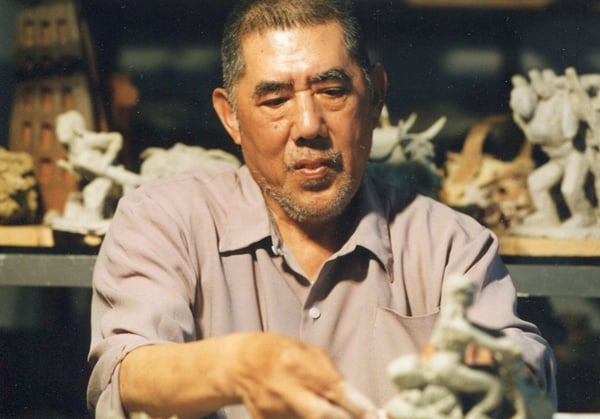

Artnet Gallery Network

Liu Shiming might not be a familiar name to New York audiences, but in his home city of Beijing, the modernist Chinese sculptor has a dedicated museum at the prestigious Central Academy of Fine Arts. Aiming to bring his work to a wider public is “Chinese Methods: Liu Shiming’s Sculpture,” a globally traveling exhibition organized by the Central Academy. The show will present his work to Western audiences for the first time.

Liu Shiming, A Female Model Lying Down (1983). Courtesy of Central Academy of Fine Arts and Asian Cultural Center.
Currently on view at New York’s Asian Cultural Center, the first stop of its global tour, the show features dozens of bronze sculptures and provides a comprehensive review of the artist’s 50-year career and his unwavering devotion to the figure and to scenes from Chinese traditional culture. Works in the show stretch back to the earliest days of his career in the 1950s, and come up to near the end of his life. (He died in 2010 at the age of 84.)
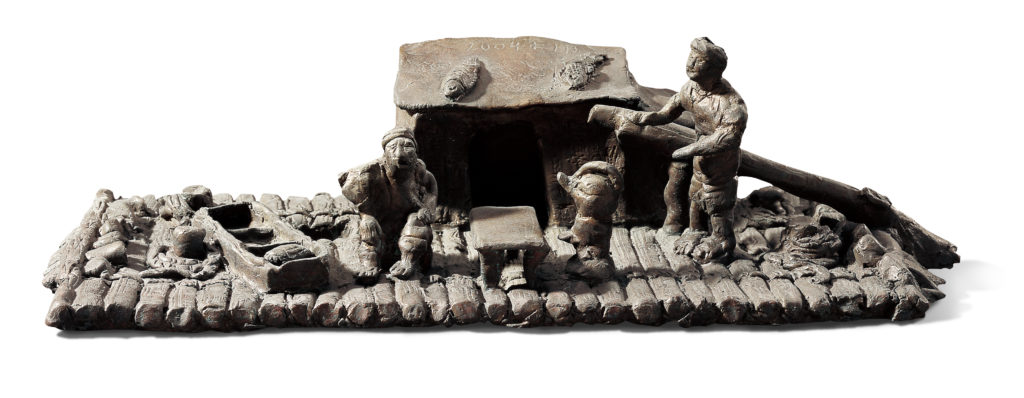
Liu Shiming, Wooden Raft on the Yangtze River (2004). Courtesy of Central Academy of Fine Arts and Asian Cultural Center.
From the beginning, Liu seemed destined for a life in the arts. He was born in 1926 to a family of intellectuals, with his father studying in Detroit for a time. Liu recalled later how, as a child, he was mesmerized by the folded paper birds handed out at funerals, which sparked his interest in artmaking. By 1946, he was enrolled at the Beiping Fine Arts School (now the Central Academy of Fine Arts), where he worked under Wang Linyi and Hua Tianyou, two of the first Chinese artists to have studied modernist sculpture in Paris. Acclaim came to him quickly. His graduating work, Measuring Land, won first prize in the school’s “Red May” exhibition and would go on tour at the National Museum of Czechoslovakia (now the Czech National Museum). But he never seemed to get caught up in the spotlight.
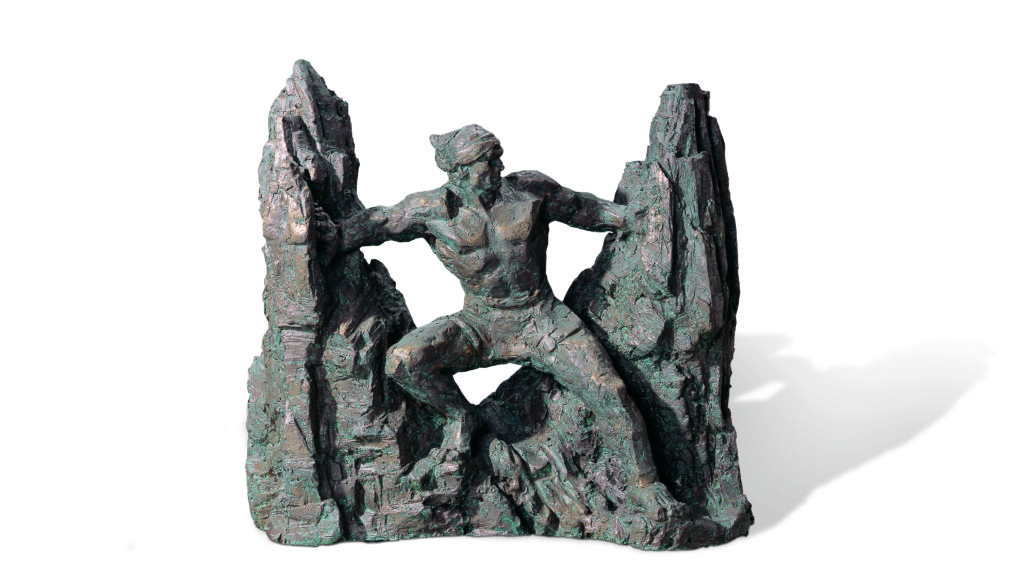
Liu Shiming, Cutting Through Mountains to Bring in Water (1970). Courtesy of Central Academy of Fine Arts and Asian Cultural Center.
What’s perhaps most interesting about Liu was his conscious decision to cultivate Chinese traditional aesthetics in new ways, rather than adopting Western styles that were very much in vogue at the time. His central inspirations came from Han dynasty clay sculptural traditions and Chinese painted pottery. While his teachers introduced him to the sculpture of Rodin, and although Liu absorbed some of the virtues of Rodin’s modernist approach, Liu’s choices remained rooted in ancient techniques and subject matter. His works in kneaded clay depict everyday Chinese people, workers, mothers, and children (and even small animals).

Liu Shiming, Folk Singer (2006). Courtesy of Central Academy of Fine Arts and Asian Cultural Center.
These tableaux sprang from Liu’s own experience and identity. He spent several years working and living in China’s Henan and Hebei provinces, immersing himself in local customs and history, and teaching sculpture to local artists. His knowledge and respect for Chinese history was so deep that, upon his return to Beijing, he spent nearly seven years working in artifact restoration at the National Museum of Chinese History (now the National Museum of China).
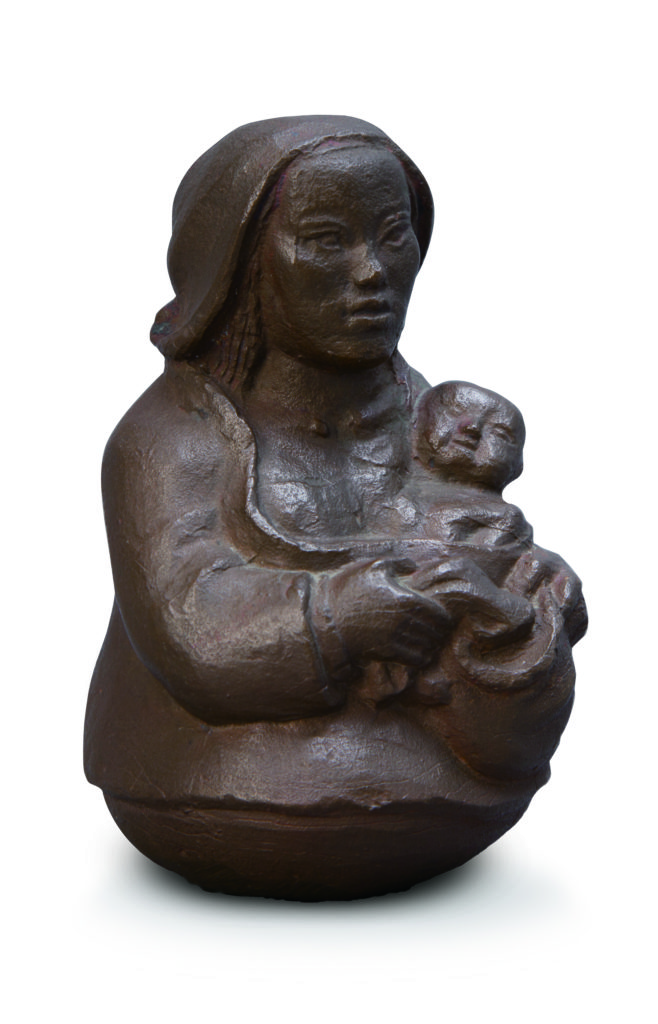
Liu Shiming, A Woman Holding Her Child (1950). Courtesy of Central Academy of Fine Arts and Asian Cultural Center.
The show’s curator Hong Mei, an associate professor at the Central Academy of Fine Arts, refers to the artist as something of an Odysseus character, whose destiny was set, but who journeyed far and wide, only to return home. “He was always faithful to his own cultural conscience and aesthetic tastes, and he set his own course, keeping his distance from trends and intellectual talking points,” Hong Mei writes. “He persisted in his lonely, solitary exploration of Chinese sculpture.”
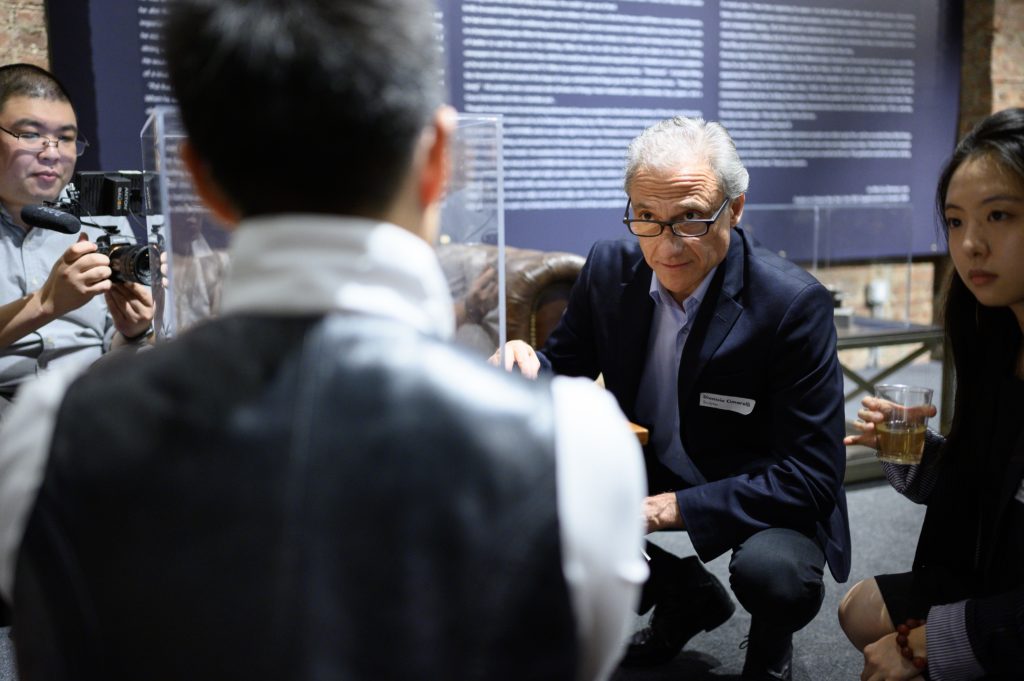
Guests at the opening of “Chinese Methods: Liu Shiming’s Sculpture,” at the Asian Cultural Center in New York.
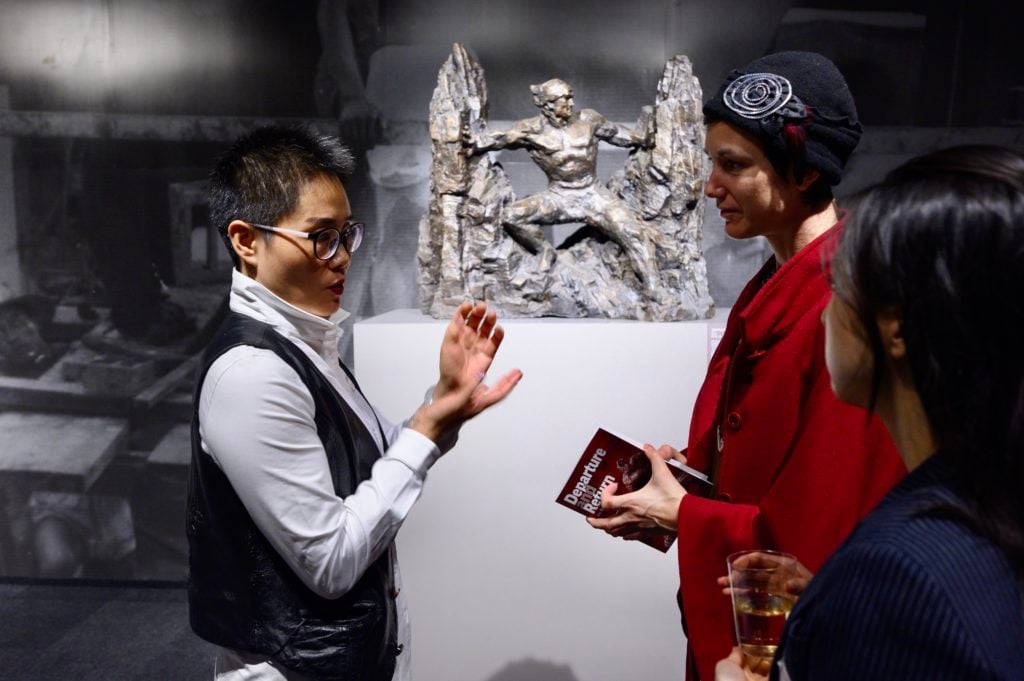
Guests at the opening of “Chinese Methods: Liu Shiming’s Sculpture,” at the Asian Cultural Center in New York.
After its stop in New York, the exhibition will travel to Washington, DC, before moving on to venues in Australia. See more details below.
“Departure and Return: Liu Shiming’s Sculpture Symposium,” featuring professor Wang Shaojun and curator Hong Mei, will take place on Wednesday, November 6, at 12:30 p.m. at Alfred Lerner Hall at Columbia University.
“Chinese Methods: Liu Shiming’s Sculpture,” organized by the Central Academy of Fine Arts, is on view in New York through November 8, 2019, at the Asian Cultural Center, 15 East 40th Street, New York, NY 10016. The next iteration of the show, “Kindness Expresses Truth and Love: Liu Shiming’s Sculpture,” will be on view from November 14 to 27, 2019, at the Asian Fusion Gallery, 1343 L St. NW, Washington, DC 20005.